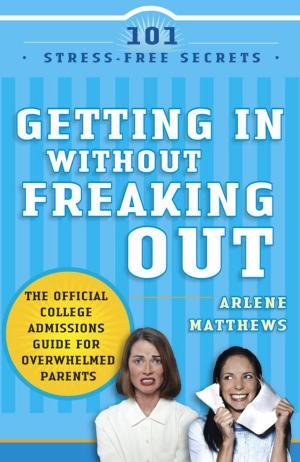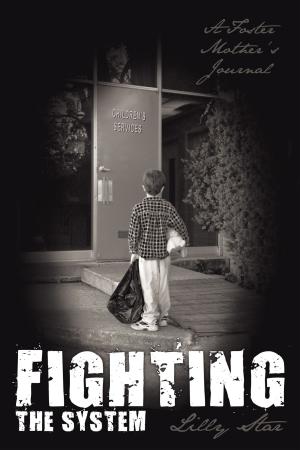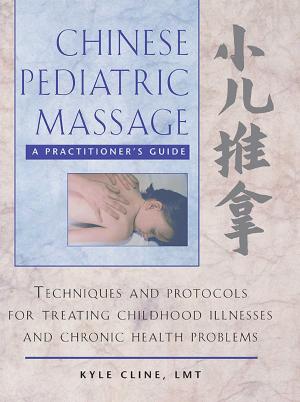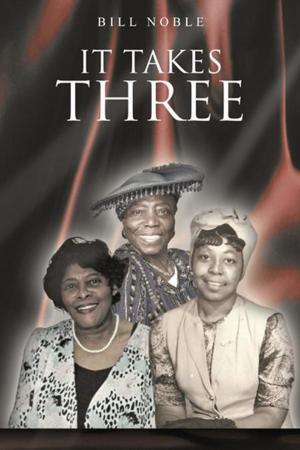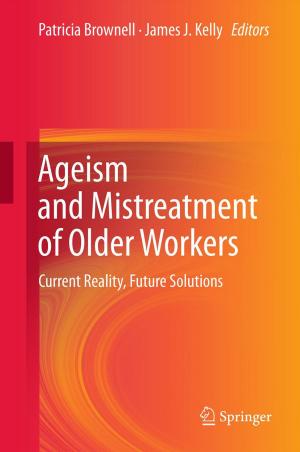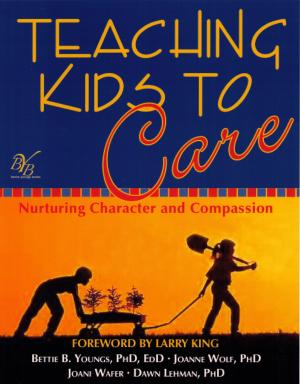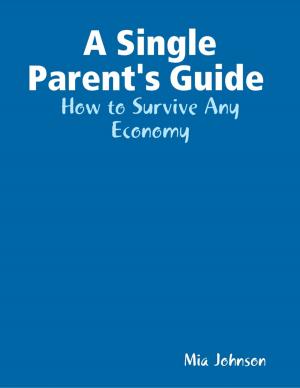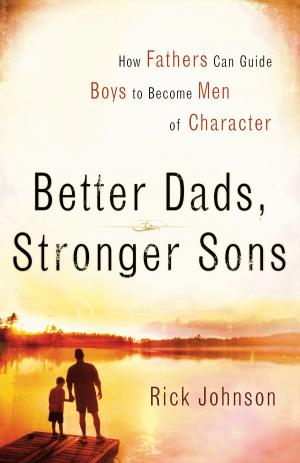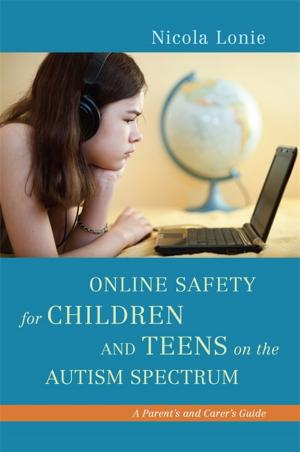| Author: | Linda Hetzer, Janet Hulstrand | ISBN: | 9780991012213 |
| Publisher: | Downsizing The Home Press | Publication: | December 15, 2013 |
| Imprint: | Language: | English |
| Author: | Linda Hetzer, Janet Hulstrand |
| ISBN: | 9780991012213 |
| Publisher: | Downsizing The Home Press |
| Publication: | December 15, 2013 |
| Imprint: | |
| Language: | English |
Emptying a family home of all its contents is an experience that most people want to get away from as quickly as they can. But Linda Hetzer and Janet Hulstrand, authors of Moving On: A Practical Guide to Downsizing the Family Home, decided to write a book about it instead. "We decided to write the book we wish we could have had when we were going through the process of emptying our parents' homes," says Hetzer. Moving On provides a simple but very effective overview of how to actually get the job done, and how to deal practically and sensitively with the emotional issues that can arise among family members. It offers sage advice, practical tips, and helpful resources for baby boomers who are helping their parents downsize and move into smaller quarters, or emptying a house after the death of a parent. Hetzer and Hulstrand also publish a blog called Downsizing the Home: Lessons Learned. The AARP Bulletin says Moving On: A Practical Guide to Downsizing the Family Home helps readers "think beyond who gets all the good stuff…" and a National Association of Professional Organizers (NAPO) newsletter says it is "written with great respect for the process and the people engaged in it." Professional organizers and senior move managers find Moving On especially helpful for their clients who have difficulty in getting rid of things. One senior move manager said, "We share this valuable book with our staff. We find it an excellent tool." According to a professional organizer, "This book is so thorough that you won't need another resource." And one reviewer even referred to Moving On as "a downsizing bible." Hetzer and Hulstrand write from personal experience. Hetzer's father had been in his home for 50 years, and Hulstrand's for 35. Both homes were full of "stuff," some of it things that needed to be donated, some of it valuable family treasures, much of it mixed together in ways that made knowing which was which difficult. "We were confronted by a variety of questions that we just didn't know how to answer," Hulstrand says. "How do you know which things are valuable? How do you preserve old 8mm films and videos? How do you get rid of cell phones and other electronics in a way that is ecologically responsible?" Moving On: A Practical Guide to Downsizing the Family Home offers answers to these questions and more, and includes topics like how to start a conversation with parents who have mixed feelings about moving, and how to deal with differences of opinion among siblings. The authors also gathered stories from people who had found ways to manage the tensions that can arise between family members–and still get rid of the stuff. "The good news is that, while this is a big job, with the right approach, enough time, and a little bit of luck, clearing out the family home can be a positive experience," Hulstrand and Hetzer write. "It can offer wonderful moments of nostalgia, new chances to heal old wounds, and great opportunities for family bonding." What is the best tip to help break through the resistance of letting go of objects that have sentimental value? Acknowledge the importance of your emotional attachment to the objects, say the authors, and find ways to save the memories, whether it's through writing about them, recording stories, or taking photographs. For many people, it's the memories that are important, not the objects.
Emptying a family home of all its contents is an experience that most people want to get away from as quickly as they can. But Linda Hetzer and Janet Hulstrand, authors of Moving On: A Practical Guide to Downsizing the Family Home, decided to write a book about it instead. "We decided to write the book we wish we could have had when we were going through the process of emptying our parents' homes," says Hetzer. Moving On provides a simple but very effective overview of how to actually get the job done, and how to deal practically and sensitively with the emotional issues that can arise among family members. It offers sage advice, practical tips, and helpful resources for baby boomers who are helping their parents downsize and move into smaller quarters, or emptying a house after the death of a parent. Hetzer and Hulstrand also publish a blog called Downsizing the Home: Lessons Learned. The AARP Bulletin says Moving On: A Practical Guide to Downsizing the Family Home helps readers "think beyond who gets all the good stuff…" and a National Association of Professional Organizers (NAPO) newsletter says it is "written with great respect for the process and the people engaged in it." Professional organizers and senior move managers find Moving On especially helpful for their clients who have difficulty in getting rid of things. One senior move manager said, "We share this valuable book with our staff. We find it an excellent tool." According to a professional organizer, "This book is so thorough that you won't need another resource." And one reviewer even referred to Moving On as "a downsizing bible." Hetzer and Hulstrand write from personal experience. Hetzer's father had been in his home for 50 years, and Hulstrand's for 35. Both homes were full of "stuff," some of it things that needed to be donated, some of it valuable family treasures, much of it mixed together in ways that made knowing which was which difficult. "We were confronted by a variety of questions that we just didn't know how to answer," Hulstrand says. "How do you know which things are valuable? How do you preserve old 8mm films and videos? How do you get rid of cell phones and other electronics in a way that is ecologically responsible?" Moving On: A Practical Guide to Downsizing the Family Home offers answers to these questions and more, and includes topics like how to start a conversation with parents who have mixed feelings about moving, and how to deal with differences of opinion among siblings. The authors also gathered stories from people who had found ways to manage the tensions that can arise between family members–and still get rid of the stuff. "The good news is that, while this is a big job, with the right approach, enough time, and a little bit of luck, clearing out the family home can be a positive experience," Hulstrand and Hetzer write. "It can offer wonderful moments of nostalgia, new chances to heal old wounds, and great opportunities for family bonding." What is the best tip to help break through the resistance of letting go of objects that have sentimental value? Acknowledge the importance of your emotional attachment to the objects, say the authors, and find ways to save the memories, whether it's through writing about them, recording stories, or taking photographs. For many people, it's the memories that are important, not the objects.



